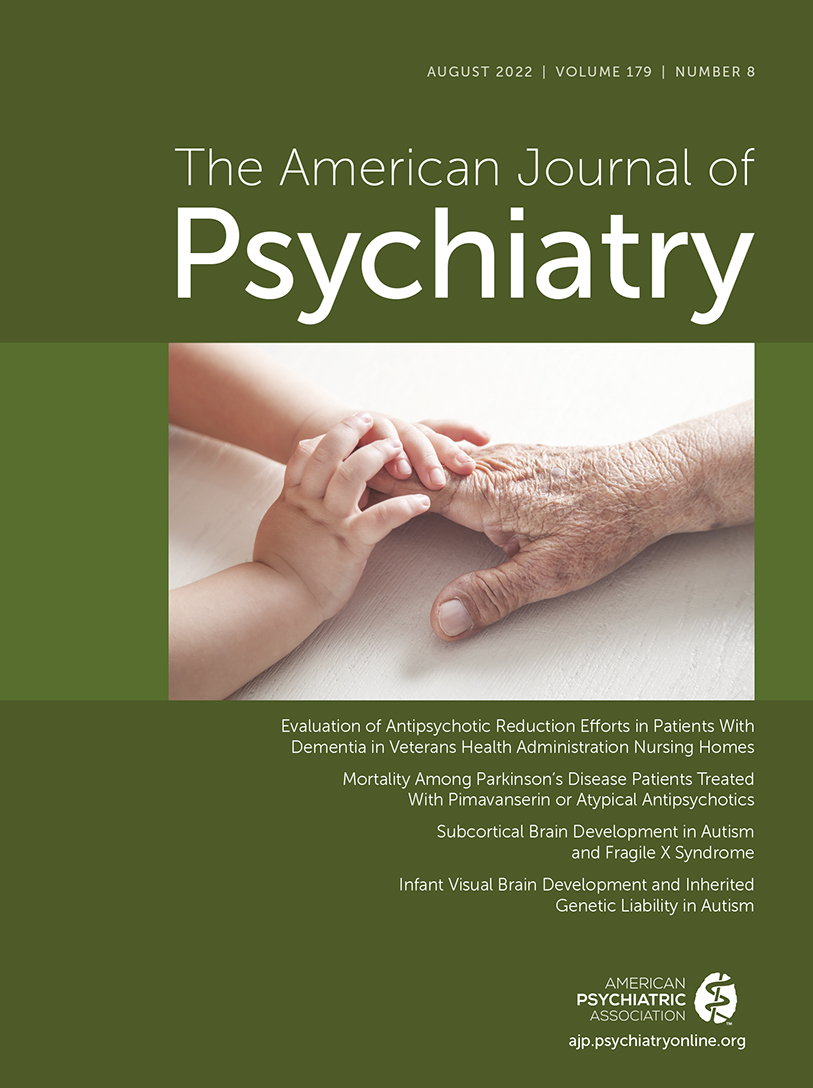Mortality Among Parkinson’s Disease Patients Treated With Pimavanserin or Atypical Antipsychotics: An Observational Study in Medicare Beneficiaries
Abstract
Objective:
Pimavanserin, a serotonin 5-HT2 antagonist, is indicated for treatment of hallucinations and delusions associated with Parkinson’s disease psychosis. In premarketing trials in patients with Parkinson’s disease psychosis, 11% of patients died during open-label pimavanserin treatment. Antipsychotics, which are used off-label in Parkinson’s disease psychosis, increase mortality in dementia patients. The authors compared mortality with pimavanserin and atypical antipsychotics in a large database.
Methods:
This was a retrospective new-user cohort study of Medicare beneficiaries with Parkinson’s disease initiating pimavanserin (N=3,227) or atypical antipsychotics (N=18,442) from April 2016 to March 2019. All-cause mortality hazard ratios and 95% confidence intervals were estimated for pimavanserin compared with atypical antipsychotics, using segmented proportional hazards regression over 1–180 and 181+ days of treatment. Potential confounding was addressed through inverse probability of treatment weighting (IPTW).
Results:
Pimavanserin users had a mean age of approximately 78 years, and 45% were female. Before IPTW, some comorbidities were more prevalent in atypical antipsychotic users; after IPTW, comorbidities were well balanced between groups. In the first 180 days of treatment, mortality was approximately 35% lower with pimavanserin than with atypical antipsychotics (hazard ratio=0.65, 95% CI=0.53, 0.79), with approximately one excess death per 30 atypical antipsychotic–treated patients; however, during treatment beyond 180 days, there was no additional mortality advantage with pimavanserin (hazard ratio=1.05, 95% CI=0.82, 1.33). Pimavanserin showed no mortality advantage in nursing home patients.
Conclusions:
Pimavanserin use was associated with lower mortality than atypical antipsychotic use during the first 180 days of treatment, but only in community-dwelling patients, not nursing home residents.



